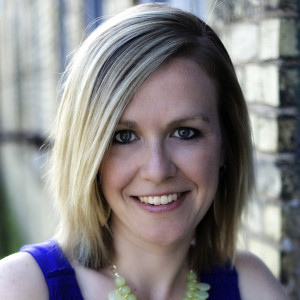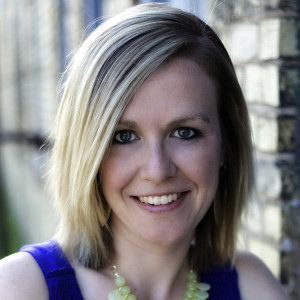

If the saying “good things come in threes,” holds any weight, this will be a banner year for Harp Column as we celebrate three decades in print. Thirty years ago this month, the first issue of Harp Column magazine rolled off the press and into the mailboxes of a few hundred harpists across the United States. Today Harp Column is distributed to the mailboxes and inboxes (that didn’t even exist 30 years ago) of several thousand harpists around the world. To mark the occasion, founder and web editor Kimberly Rowe (top) and print editor Alison Reese (bottom) talk about the three valuable things they’ve learned in three decades of publishing.
#3: Embracing change will improve your harp life.
Alison Reese: This is something I learned early on working with you at Harp Column, Kimberly. The sooner we embrace change, rather than avoiding it or fighting it, the better our harp lives can be. We’ve seen a lot of change, both in technology and the way we learn in the last 30 years, and you’ve been a driving force behind encouraging early adoption of progress, especially in technology.
Kimberly Rowe: That’s true! We recognized early on that Harp Column needed to embrace technology to stay relevant. We’re really happy that we can give our readers the choice of reading in print or online. And we’re also really excited about what we’re doing at Harp Column Music and Harp Column Academy. But for me, embracing change goes beyond just what we do here at Harp Column magazine. It can mean trying a new way to play something, or trying out a way of playing that you might not have learned in school. That segues nicely into another big thing we’ve both learned through our work at Harp Column…
#2: Harpists have more in common with each other than we have differences.
AR: A big part of what we do at Harp Column is to highlight creative, thoughtful, and interesting approaches different harpists have taken to the issues we all face. There is so much we can learn from each other—from technique to musical style to audience development—the unfamiliar can become familiar through the experience of another harpist. Not only are the harpists we feature in the magazine eager to share their expertise with others, but our readers have proven to be eager and open to new ideas.
KR: That’s very true. I think it’s rare today to find a harpist who thinks there is only one way to do something, or who isn’t interested in learning from someone who might come from a different background. The harpists you see on our pages are mostly interested in doing the best they can, being the best they can be, and sharing what they have learned along the way.
#1: The future is bright for the harp, and we will be here to tell you all about the good things that are happening in our community.
KR: I’m genuinely gobsmacked at how much creativity I see and hear in the harp world today. You might think that with an instrument as old as the harp, everything has already been done, but nothing could be further from the truth. It seems like every time I scroll our Harp Column Instagram feed, I see an artist doing something new in an ensemble, or a band, or solo that I’ve never seen before. It really drives home the point that there is so much more we can and will do with our instrument!
AR: I couldn’t agree more. One of the best parts of our work at Harp Column is the opportunity to talk to so many talented people in the harp community who are driven to create, whether they are performers, teachers, students, builders, business owners, or simply people who love to play the instrument. I come away from each issue inspired by my fellow harpists and excited about the future of our instrument.
KR: There is definitely no shortage of creative and talented people in the harp world. One thing that will always stay the same is our commitment to bring their voices to you. Whatever the harp future holds, Harp Column will be here to share it with you. •







